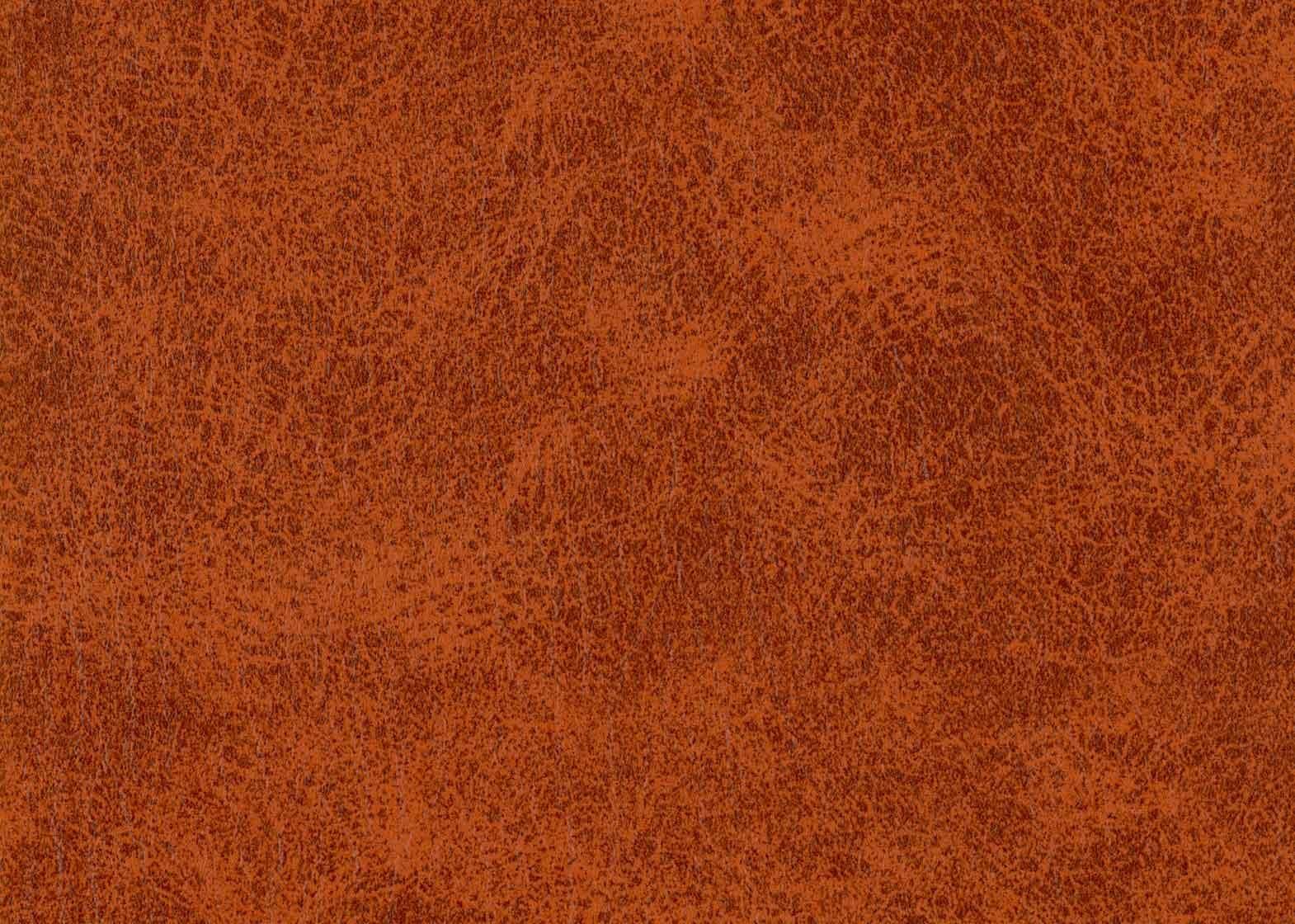Buttery richness and soft strength have made leather, a preferred item for many centuries. How about putting some ecological stuff into its making?
Leather products are being liked by people over the centuries. Leather is preferred for their warmth, interior decoration purposes, and for other using it in functional objects. Traditional tanning methods include the usage of chrome and other heavy metals which changes perishable raw hides into durable leather. But as an adverse effect chrome and other metals pollute and contaminate the environment. Chrome and other metals used in the standard chemical processes put water and air into high risk through seepage and toxic fumes.
The current scenario of awareness about the serious impact of global warming has made many people not to prefer leather or fur, and seek other alternatives due to ecological reasons. A new and ecological process is now used for making eco leather, which consists of using only sustainable materials without any heavy and toxic materials. Conventional chrome tanning process is now replaced with environmentally healthy vegetable tanning methods.
Eco-Leather:
The term eco leather does not have any formal definition. Significant interest in leathers and environmental concerns has improved the process of its manufacturing. New earth friendly and good quality leather products are made using natural waxes, and vegetable products. In the making of eco leather, sustainable materials are used for tanning the leather. All natural and bio-degradable farm tree extracts are used to treat the animal hides, and at each stage, it is tanned with care and precision. Natural extract from mimosa trees are used to make the necessary materials for tanning the leather.
By simply reversing the order of tanning and post tanning steps, and using sustainable materials, can create drastic improvement in the tanning process. Promoting non-chemical based pre-tanning methods the amount of chemicals used in the process can be reduced by 82% and also makes an energy saving of around 40%. Furthermore, the quality of the leather products thus produced would also remain the same when compared with conventional tanning processes. This process is naturally friendly, and makes gorgeous leather products. With unique textures and with the richness of bold colors, ecofriendly leather products are available for interior decorations, fashion accessories, apparels, and many more.
E-Leather:
The way leather has environmental impacts while its making, it has similar impacts at the time it is disposed and becomes a waste material. Leather is tanned by using heavy materials to stop the hides from perishing, degrading, and to give it a longer life. So, these products, even if they are discarded do not decompose easily.
A new process called e leather is followed in which old and discarded leather is recycled and made into new and reusable products. This E-leather is made from recycled leather fibres. The process of making ecoleather consists of cuts of wet-blue waste leather direct from tannery which is normally sent to the landfill. These fibres are combined together and are made into a soft and high quality material. This would be ideal for furniture upholstery and other interior design applications.
Changing trends in fashion and the increasing awareness towards environmental impacts because of chemical discharges have made tanners, and consumers shift their focus towards eco friendly tanning techniques, and products. Eco leather products are being crafted with much care and are incredibly durable. More than just beautiful and being durable, it has a main solid virtue; it is eco friendly.
References:











Comments